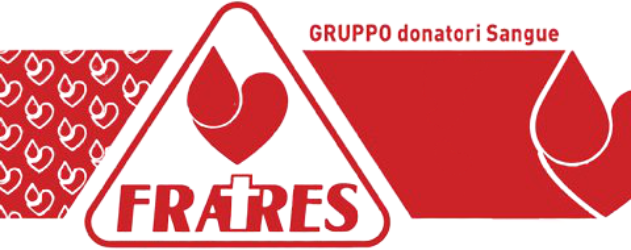For centuries, tarot fortune teller website card cards have been made use of as a tool for prophecy and self-discovery. The pictures and icons on the cards can give understanding into our subconscious minds and provide guidance on our life’s trip. Whether you are a skilled fortune-teller or a beginner seeking to look into the magical globe of tarot card, this thorough overview will certainly help you recognize the essentials of tarot card reading and how to analyze the cards.
The History of Tarot card
Although the beginnings of tarot are shrouded in mystery, it is believed to have originated in Italy in the 15th century. The earliest tarot card decks were utilized for playing card games, however gradually, they advanced right into a tool for divination and spiritual development.
Each tarot deck contains 78 cards, divided right into 2 major areas: the Significant Arcana and the Minor Arcana. The Major Arcana contains 22 cards that stand for considerable life occasions and spiritual lessons, while the Minor Arcana contains 56 cards that stand for daily experiences and challenges.
When conducting a tarot card analysis, the cards are shuffled and outlined in a particular pattern referred to as a spread. The reader translates the cards based upon their setting in the spread and the importance of each card.
- The Fool
- The Illusionist
- The High Priestess
- The Empress
- The Emperor
- The Hierophant
- The Lovers
- The Chariot
- Strength
- The Hermit
- Wheel of Lot of money
- Justice
- The Hanged Man
- Death
- Temperance
- The Devil
- The Tower
- The Celebrity
- The Moon
- The Sun
- Judgment
- The World
How to Read the Cards
When first starting out with tarot, it can be frustrating to memorize the significances of all 78 cards. Nevertheless, with technique and patience, you can create your instinct and discover to translate the cards with ease.
One method to checking out the cards is to examine the importance and imagery of each card. Pay attention to the colors, characters, and signs on the card, as they can supply hints to its definition. In addition, think about the context of the reading and the inquiry being asked when interpreting the cards.
An additional approach is to count on typical tarot card spreads, such as the Celtic Cross or the Three-Card Spread. These spreads provide a structure for arranging the cards and can aid you make sense of their significances in connection with each various other.
Typical Tarot Misconceptions
In spite of their popularity, tarot card cards are commonly misunderstood and misinterpreted. One usual false impression is that tarot card readings are fortune-telling sessions that forecast the future with absolute certainty. Actually, tarot card analyses are a reflection of today minute and deal support on just how to browse life’s difficulties.
Another false impression is that tarot card cards are inherently bad or demonic. Truthfully, tarot card cards are just a tool for self-reflection and personal growth. The significance on the cards is open to analysis and can be utilized for favorable intents.
Picking a Tarot Card Deck
With many tarot card decks readily available on clairvoyant psychic reader the marketplace, picking the best deck for you can be a challenging task. When selecting a tarot deck, think about the images, significance, and power of the cards. Select a deck that resonates with you on a personal level and shows your spiritual ideas.
- Rider-Waite-Smith Tarot card
- Thoth Tarot card
- Tarot card of Marseille
- Golden Tarot
- Wild Unknown Tarot Card
- Modern Witch Tarot
Final thought
Whether you are drawn to tarot for spiritual advice, personal development, or merely inquisitiveness, the practice of tarot analysis can be an effective tool for self-discovery. By checking out the symbolism of the cards, establishing your instinct, and coming close to tarot with an open mind, you can open the enigmas of the cards and get useful insights into your life’s journey.
